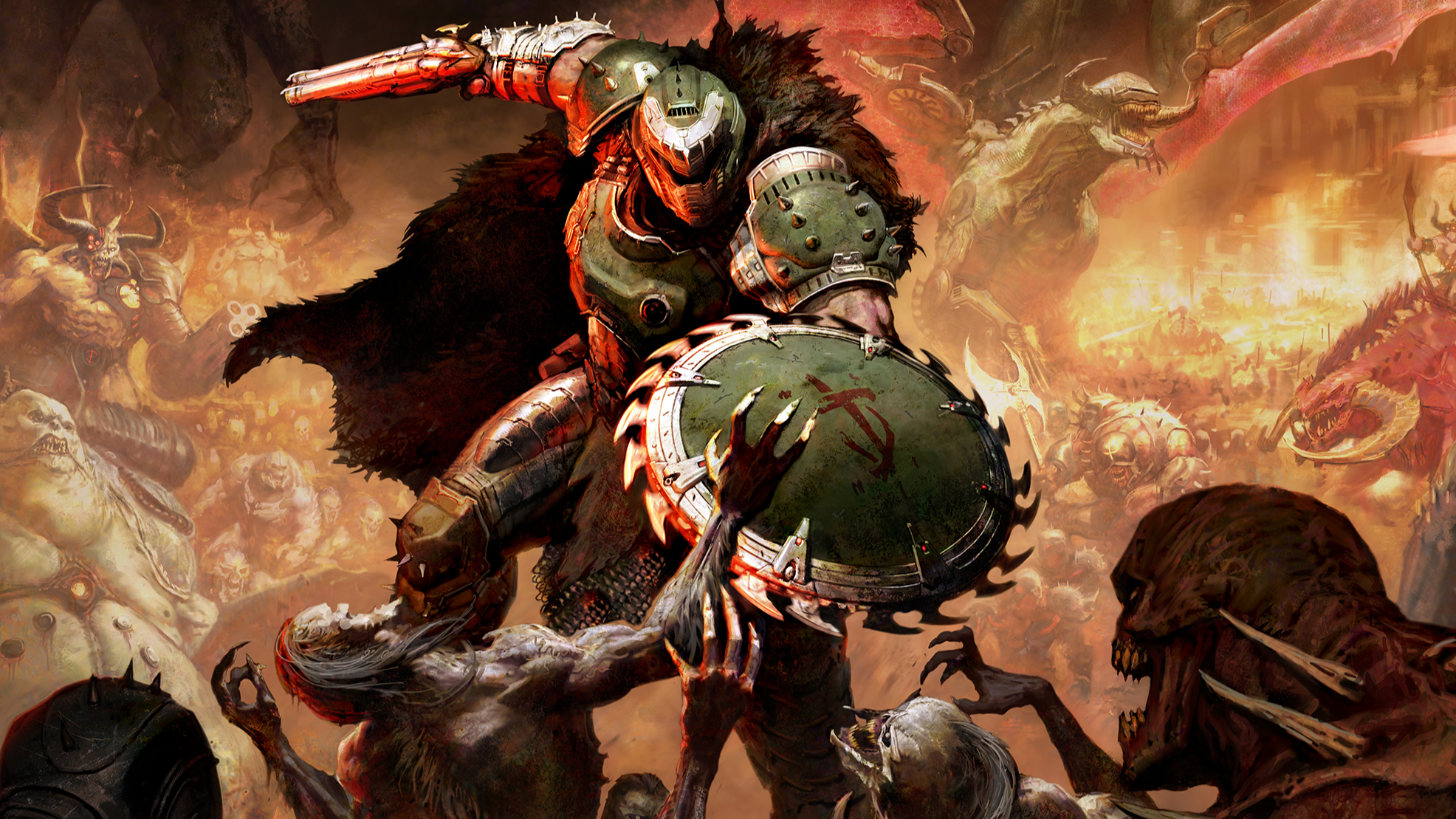
Up to 16 Zen 5 cores and 40 RDNA 3.5 graphics CUs.
AMD has apparently gone full-on generic tech word salad for its upcoming Strix Halo uber-APU. We give you the AMD Ryzen AI Max+ 395, not a new joint venture with Apple but the top chip in a range of unprecedentedly powerful APUs for laptops and hopefully desktops, too.
AMD Strix Halo SKU plan- Ryzen AI Max+ 395 (16C/40CU) – Ryzen AI Max 390 (12C/40CU) – Ryzen AI Max 385 (8C/32CU)https://t.co/2JglnKkucL pic.twitter.com/OFayVZaxdRSeptember 20, 2024
According to a Weibo post by the ever leaky Golden Pig Upgrade Pack account, we can initially expect three models of AMD’s new high-performance APU. The aforementioned AMD Ryzen AI Max+ 395 rocks 16 Zen 5 cores and 40 RDNA 3.5 spec GPU compute units.
Next up is the Ryzen AI Max 390 sporting 12 cores and 40 compute units, with the Ryzen AI Max 385 bringing up the rear with eight cores and 32 compute units. For now, there’s no information on clockspeeds and pricing. In fact, these chips are thought to be quite a while from launch and aren’t expected to roll out until 2025.
However, it’s thought that Strix Halo will be something of a departure from previous AMD APUs in taking a chiplet approach as opposed to being a single monolithic slice of silicon.
Previous Strix Halo rumours suggest it will be composed of a large main chiplet or SoC tile containing the graphics hardware, plus I/O, memory controller and perhaps an AI-accelerating NPU. AMD will then add to then one or two CPU core chiplets, which some sources say will be the very same Zen CPU chiplets seen in the new desktop Ryzen 9000 CPUs.
Another key feature is Strix Halo’s 256-bit memory bus and roughly 500GB/s of memory bandwidth, shared between the CPU and graphics. In many ways, that’s as big a deal as the relatively massive GPU. Previous AMD APUs have topped out with 128-bit busses, putting quite a cap on bandwidth.
For context, AMD’s new monolithic APU for laptops, codenamed Strix Point and brand Ryzen AI minus the “Max” bit, has up to 16 graphics compute units. So, Strix Halo is on a completely different level. Arguably the big remaining question is the new uber-APU’s power footprint and, in turn, what kind of devices it will be seen in.
Gaming-capable laptops seem like one obvious remit. But will it be efficient enough for thinner and lighter laptops? And what about handhelds? The CPU and graphics specs certainly look like the makings of an epic handheld. But are they actually too much in power consumption terms?
(Image credit: Future)
Best CPU for gaming: The top chips from Intel and AMD.
Best gaming motherboard: The right boards.
Best graphics card: Your perfect pixel-pusher awaits.
Best SSD for gaming: Get into the game ahead of the rest.
Might we also hope for a desktop version? Strix Halo in a small NUC-like box would be quite the thing, wouldn’t it? Whatever, it’s a slight pity that Strix Halo isn’t expected until into 2025. Originally, rumours had it launching around about now, which would have made for quite the impact.
But a launch later in 2025 will mean that a new generation of discrete graphics cards will likely have appeared, moving expectations over graphics performance on at least some extent and perhaps compromising the value proposition of the new APU.
New discrete GPUs from AMD and Nvidia will also make that RDNA 3.5-spec graphics architecture look that little bit more dated. Still, a much more powerful—you might say games console-style—APU is certainly an intriguing prospect. We can’t wait to see how the AMD Ryzen AI Max+ 395 turns out. Even if it sounds like AMD ran out of ideas and raided the Apple parts bin of tech product naming schemes.






